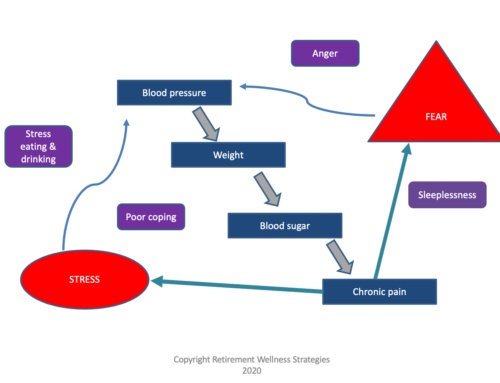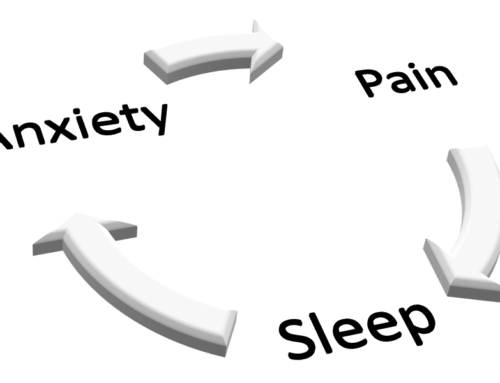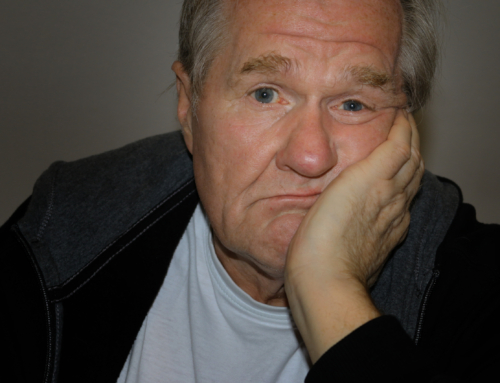The Centers for Medicare and Medicaid Services (CMS) are striving to keep healthcare affordable. Healthcare is expensive. Healthcare is necessary. We all need it at some time or another. It is best if medical conditions that require hospitalization are fully treated while in the hospital. CMS wants to pay for these conditions just once. So, to help make sure they are fully treated and that patients are sent home with all they need to stay healthy, there is now a shared risk payment model. If someone returns to the hospital within 30 days of discharge, then CMS will not pay for that second visit. (Of course it is all more complex than this paragraph describes).
So, there are a number of very smart people working hard to increase the success of people going home from the hospital to help them not return. At least making sure people don’t return for the same problem within 30 days.
There are people working on tools to help keep medication regimens straight. Others are working on ways to monitor health so if it starts to get worse an adjustment can be made at home. This could prevent a need to go back to the hospital. These tools can monitor blood pressure, blood sugar, weight, oxygenation, and more. There are also tools to monitor in-home activity, measure falls risk, and respond when someone has fallen. Much of the follow up after a hospitalization can occur more frequently and simply with telehealth. This means talking with your doctor, nurse, pharmacist, or other provider over the computer.
There is an explosion of new technology. The issue now is to determine which types of technology are most effective. It is also to determine which types really help people get better. And ideally, the best technology will help people stay better for a long time.
Then there is the issue of how people, the patients, feel about the technology. Some are very excited to have new ways to monitor their own health. Look at the growth and acceptance of wearable devices. Some popular examples are Fitbit, Apple watch, and Garmin Forerunner, and TomTom. Spark.
- I can find a lot of information about how the technology is proposed to help people safely go home and stay healthy enough to stay out of the hospital.
- I can find some information demonstrating that these really do cut down on the number of people that bounce back to the hospital.
- I can find very little data about how people feel about the use of such technology, especially for at least 30 days.
Hospitals are preparing to spend millions of dollars on these solutions. For the money saved by reducing readmission, the hospital and the solutions companies will share those dollars.
- So what do you think?
- Are you excited about the use of technology to help you stay healthy?
- Do you see more advantages or disadvantages?
- Have you experienced some of these technologies when you or a loved one has been discharged from the hospital?
I would love to hear your thoughts. Please send your questions, your ideas, and your opinions to us at www.medsmash.com/contact.
For further application, check out my personal blog.






